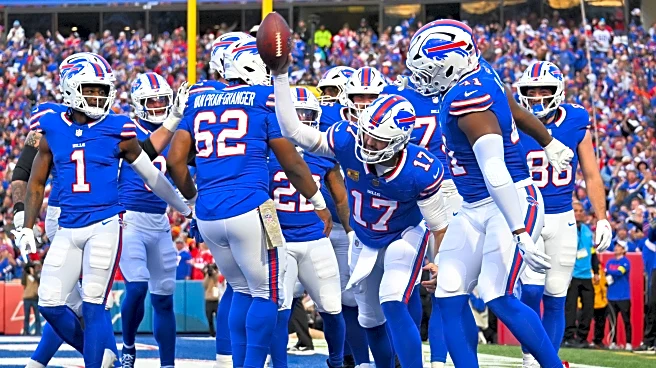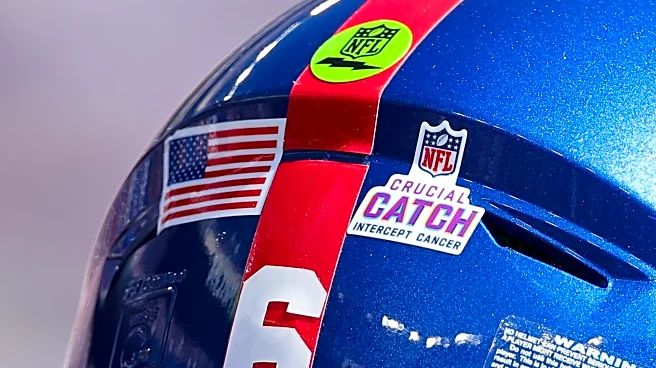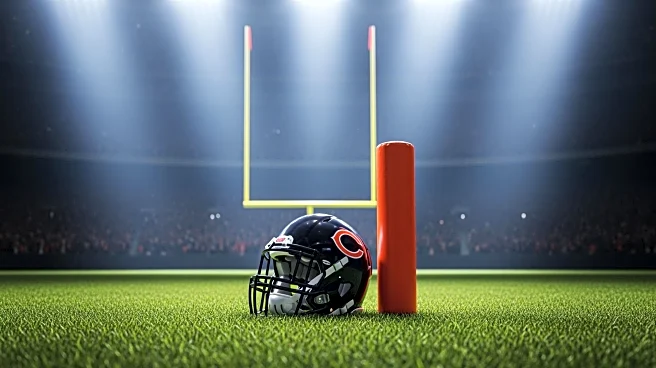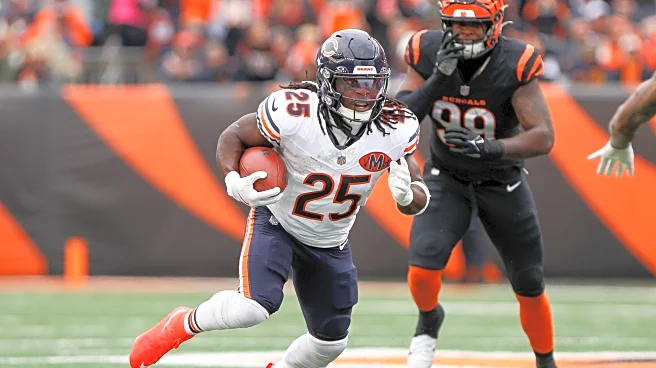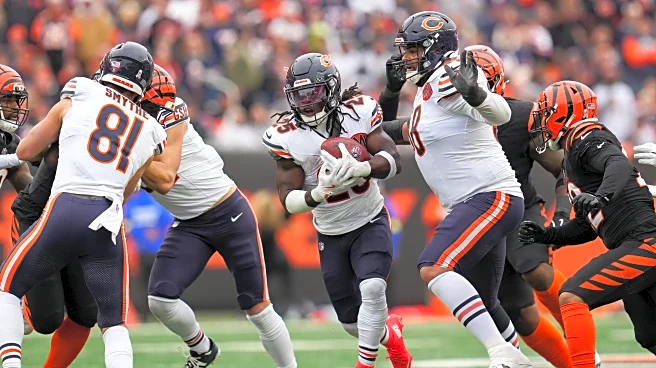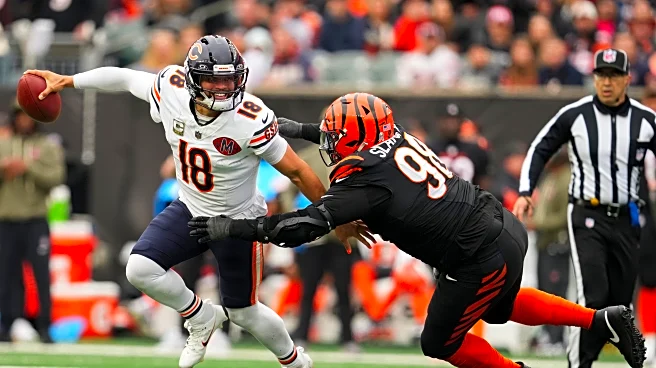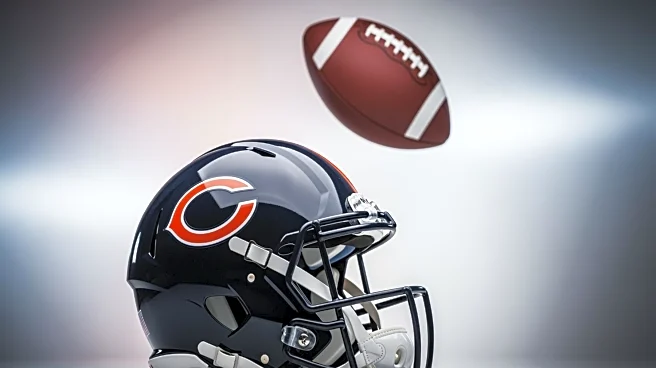Boy does it feel good to get back to winning football. Even if, for a moment, it looked like we were about to lose in the most spectacular way possible.
But we’re not here to apologize for winning! Fueled
by a late 58-yard strike from Caleb Williams to rookie tight end Colston Loveland, the Chicago Bears stunned the Cincinnati Bengals 47–42 at Paycor Stadium. And they did it just seconds after nearly blowing the whole thing, giving up 15 points in 49 seconds in the final minutes of the fourth quarter.
The Bears offense absolutely exploded: 6 touchdowns, 576 total yards (their most in a game since the 61–7 demolition of the Packers in 1980) and 30 first downs. Rookies carried the day. Kyle Monangai churned out 176 yards on 26 carries and added 22 receiving yards. Colston Loveland hauled in 6 passes for 118 yards and 2 touchdowns. And Caleb Williams put together his best graded passing performance of the year: 280 yards and 3 touchdowns through the air, plus 53 rushing yards, and (because why not) 2 receptions for 22 yards and another touchdown.
My favorite little nugget: In 2024, the Bears traded Khalil Herbert to the Bengals for a 7th-round pick. That 7th-round pick became Kyle Monangai.
Sometimes the football gods have jokes. And today, they were laughing with us.
A lot of records were set on Sunday, including Caleb Williams becoming the first player in NFL history to finish a game with multiple passing touchdowns, multiple receptions, and a receiving touchdown. Just a completely absurd stat line.
Caleb was also clutch when the Bears were behind. According to PFF, while trailing on Sunday he accounted for 301 total yards, 3 touchdowns, 0 interceptions, and posted a 124.0 passer rating. When the moment tightened, he played his best football.
It was a thrilling, high-scoring game. Not exactly something Bears fans are used to, but sometimes it’s nice to be on the right side of the chaos for a change:
Let’s look at some metrics and notes, and get into some play breakdown after!
Benchmarks
(Season totals are underlined, Season averages in Italics)
C/A: 138/223 (61.8%) | 19.7/31.9 (61.8%) | 20/34 (58.8%)
Yards: 1636 | 233.7 | 288
Touchdowns: 11 | 1.6 | 4
Turnovers: 4 | 0.6 | 0
QB at Fault Sacks: 6 | 0.9 | 1
aDOT: 8.7 | 9.0
Passer Rating: 90.2 | 114.8
True Passer Rating: 127.2| 150.2
Time to Throw: 2.97s | 3.79s
Time to Pressure: 2.61s | 2.90s
Pressure Rate: 30.49% | 34.88%
On-Target Rate: 58.6% | 84.6%
Poor Play Rate / Big Play Rate: 12.9% PPR / 6.6% BPR | 6.7% PPR / 8.9% BRP
Game Notes

The full grading sheet for each play can be found here.
- NFL Passer Rating / True Passer Rating / PFF Grade: 114.8 / 150.2 / 90.8
- The average passer rating in the 2025 season sits at 94.0 through week 9. His 114.8 NFL Passer Rating would be considered a very good game.
- A 150.2 TPR falls into the Great range, with 100 serving as the baseline for “Average.”
- And on the PFF scale, a score of 90 or higher is Elite. With a 90.8 Caleb Williams’ day was considered Elite.
- On-Target Throws: Season Average: 58.6% | Week 9 vs. Bengals: 84.6%
- I finally got the time to review and add week 1 and 2’s number for on-target throws, which dipped his overall rate from 63.5% to 58.6%.
- HUGE jump on On-Target throwing. Which was my favorite thing to see as aimed accuracy has been Caleb’s biggest struggle in 2025.
- Reminder: Completion % ≠ On-Target %. On-target throws are only counted on aimed passes, so throw aways, spikes, and deflections at the line aren’t counted. And drops are counted as on-target.
- Short-Level Passing (Behind LOS – 9 yards): 16/19 | 84.2% On-Target
- Deep-Level Passing (10–20+ yards): 6/7 | 85.7% On-Target
- 6.7% Poor Play Rate (turnover-worthy + poorly graded plays) against a 8.9% Big Play Rate (great + elite graded plays)
- This marks the first week since Week 3 against the Cowboys that Caleb posted a better Big Play Rate than a Poor Play Rate.
- While he only had 4 total plays graded “Great” or “Elite”, he limited negative plays and throws, generating just 6 total negatively scored plays on 45 total plays graded.
- Time To Throw has been a hotbed of conversation the last few weeks. This week Caleb’s time to throw clocked in at a 3.79.
- This was inflated by play extension, of which 16 plays of his 45 total saw some sort of extension, for a total of 96.52 seconds, or 6.03 seconds on average per extension.
- This means his time to throw when not extending the play is just 2.46 seconds.
- 2 Sacks on 15 pressures for a pressure to sack rate of 13.3%, which is essentially where he stands on the season per PFF (13.5%).
- If we were to distill this down to just QB at fault sacks, of which he has taken 7 on the year, that pressure to sack percentage drops to just 7.3%.
- After a bit of a lull between weeks 4 and 7 in hitting the deep level throws, Caleb has bounced back these last 2 weeks. On the year he is completing 48.6% of his passes 20+ yards.
- Weeks 1-3: 8/14 | 57.1%
- Weeks 4-7: 3/13 | 15.4%
- Weeks 8-9: 4/8 | 50.-%
- Ben Johnson was deep in his bag of tricks this week, taking advantage of a defense that often shows poor eye discipline. Misdirection was used 11 times on the afternoon and all at varying levels of success. Three of the Bears six touchdowns were scored via misdirection.
- The play affectionately termed “Hot Potato” that earned Caleb Williams his first career receiving touchdown.
- The touch pass that turned into a 15-yard touchdown to Olamide Zaccheaus.
- The DJ Moore end around, for a 17-yard rushing touchdown.
- Finally, the Bengals defense, while maligned, did an overall admirable job of shutting down the middle of the field on the Bears offensive passing attack, which relies on those throws heavily by utilizing Digs, Cross concepts, and Mesh. This forced the offense to get a bit more creative, and also forced play extension at a rate that maybe Ben Johnson and Caleb Williams don’t want. But the few times a window opened up over the middle, the Bears did a good job taking advantage of it (we will cover that in our play reviews.)
Play Reviews
The plays we’ll be reviewing are presented in the order they occurred in the game.
Analysis: Our first throw to look at is, fittingly, the very first play of the game. And if you’ve got a sharp memory, it should look familiar. The Bengals show a single-high safety, and the Bears dial up a concept designed to attack that look vertically with all four primary receivers running 9 (Go) routes, and Kyle Monangai settling underneath for a checkdown. Caleb works the read on the right side and fires a strike over the seam, placing the ball between the mid-level defenders.
For all intents and purposes, Cole Kmet is wide open here, but he doesn’t help his quarterback. Caleb places the ball where it should be, but Kmet keeps his route too flat, staying aligned with the numbers instead of bending his stem back toward the hashes. If he works back towards the hashes at around the 40, this is a clean completion. Instead, the lack of adjustment forces Kmet into a diving attempt, and the ball falls incomplete.
The Bears would go back to the seam two more times later. One was covered. The last one? The one to Loveland? That one won the game.
Analysis: Our next play is one where Caleb either forces the throw or rushes his internal clock a bit. The Bears are running a Hoss + Cross concept. Hoss is a seam route paired with a hitch from the outside receiver (the “Hoss” name comes from former quarterback Jeff Hostetler). This variation tweaks it so the inside receiver who normally runs the seam breaks his route into an in-breaking cut rather than continuing up field.
Caleb takes the snap and sees the outside corner playing strong press on DJ. He shows good anticipation and lets the ball go early, but DJ never gains separation at the break. On top of that, the throw is placed toward the hashes instead of outside and away from the defender. The result is an easy pass breakup.
Fortunately, the drive didn’t stall. A few plays later Caleb dropped a touch pass to Olamide Zaccheaus, who did the rest and took it in for the 15-yard touchdown.
Analysis: Our next play is a great example of Caleb extending a play that isn’t there right away, and a good illustration of Ben Johnson’s high-low route concepts that give the quarterback defined half-field reads at different levels.
This looks like it starts as a simple Out + Stop combination. Caleb comes off the initial read after seeing the defender break downhill toward DJ. His second read, Colston Loveland, gets muddied up in the line of scrimmage, so that window isn’t clean either. Caleb then avoids a free rusher, spins out of the pocket, and rolls to the sideline. While on the move, he resets his base and fires a perfectly placed ball to Loveland, who has now uncovered. First down. Exactly how you draw it up, even if it wasn’t how it was drawn up.
Analysis: The next throw is a beautifully placed wheel route to DJ Moore, who’s aligned in the backfield here. The Bears run a Levels concept to the bottom of the screen with Loveland and Zaccheaus, while DJ and Rome operate on the top side. Rome runs a comeback and creates a light, natural pick for DJ to work around.
With DJ being covered in man, Caleb knows that once DJ clears that traffic of the pick, he has leverage. Caleb lofts the throw with anticipation, and more importantly, touch. The ball drops right over the defender and into DJ’s hands for a smooth 23-yard gain on 3rd-and-short, setting the Bears up in field goal range before halftime.
We’re not going to talk about what happened to that field goal.
Analysis: This one is really fun, and I included the end zone angle for a reason, you can see how ridiculous this throw is, and the small things to go into making a redzone touchdown work.
On the bottom side, DJ and Rome are running a Sail concept, while Zaccheaus works an in-breaker. But the primary read here is Colston Loveland on a simple slant. Caleb takes the snap and immediately works his eyes left to hold the second-level defenders in the middle of the field in place. Then he snaps back right and absolutely rifles a throw to Loveland, threading it past a diving defender trying to jump the lane and hitting him square in the chest for six.
There’s a lot of nuance here for such a “basic” concept. Caleb manipulates the defense with his eyes just enough to widen the throwing window, then shows off the arm talent to hit that window at full speed.
Short, simple, efficient, and very high-level quarterback play.
Analysis: This was one of the few deep digs the Bears had an opportunity to hit on Sunday, and Caleb absolutely delivers a dime.
This concept is a big part of what made the old Lions offense so effective. When you can hit the deep dig in stride, you allow the receiver to catch and immediately get vertical for yards after the catch. That is exactly what happens here.
Rome runs the clear-out to open space underneath. Loveland works the dig with plenty of separation, although he didn’t even need much, because Caleb throws this with excellent anticipation and perfect placement. Loveland catches it in stride and turns upfield for another 11 to 12 yards.
If the dig had been covered, Caleb would have had two open underneath options ready. Great play design, and an even better throw.
Analysis: Now the game winner. The seam shot that finally pays off. The entire structure of this play, in my opinion, is built to have Caleb hit DJ on the underneath crosser for a simple gain that gets the Bears a little closer to field goal range. Everything else on the field is running vertical to clear space.
But Caleb reads the defense perfectly. He catches the underneath defenders flat-footed and in backpedals. This is what I like to call an “Ef you, I’m better than you” throw. He rips the ball over the seam, just above the hands of the intermediate defender, and drops it right into Loveland’s chest. Colston adjusts to it cleanly and hauls it in.
What really makes this work is Loveland’s route detail. He starts on the inside edge of the numbers and, once he reaches his landmark around the Bengals’ 45, he bends his route back toward the hashes. That bend creates a much cleaner throwing window. Go back to the very first throw of the afternoon and take a look again at what Kmet does. It’s these subtle details that make the difference in winning and losing football games.
The rest is history. Loveland shrugs off two tackles and takes it the distance for the game winner.
Summary
His final scores of 1st Half (0.70) / 2nd Half (4.45) / Game (5.15) gives him a solid “Good” game grade for week 9.
Of the seven quarterbacks I grade Williams placed 1st this week, putting up his best game of the season, and the 3rd best game I have graded for the 2025 season.
Weekly scores of every QB I grade can be found here.
At the end of the day, this was a reminder of what this team can look like on offense when everything clicks: explosive, resilient, and fearless. The rookies stepped up, the quarterback rose to the moment, and the Bears found a way to win a game that so easily could have slipped through their fingers. It wasn’t perfect. Not even close. But it was exciting, and fun, and for once, our side came out on top (I feel like I say this weekly.) But right now, that feels pretty damn good.
The Bears will return home to host Jaxson Dart and the 2-7 New York Giants. The Giants bolster one of the leagues best pash rush, it will be interesting to see how the Bears attack this. As always, I look forward to next week’s breakdown, Bear down!
Gary Baugher Jr. is a rookie contributor to WCG, bringing football insight backed by over 16 years of experience in organized football and more than 30 years as a passionate fan of the game. You can follow him on Twitter at @iamcogs.


